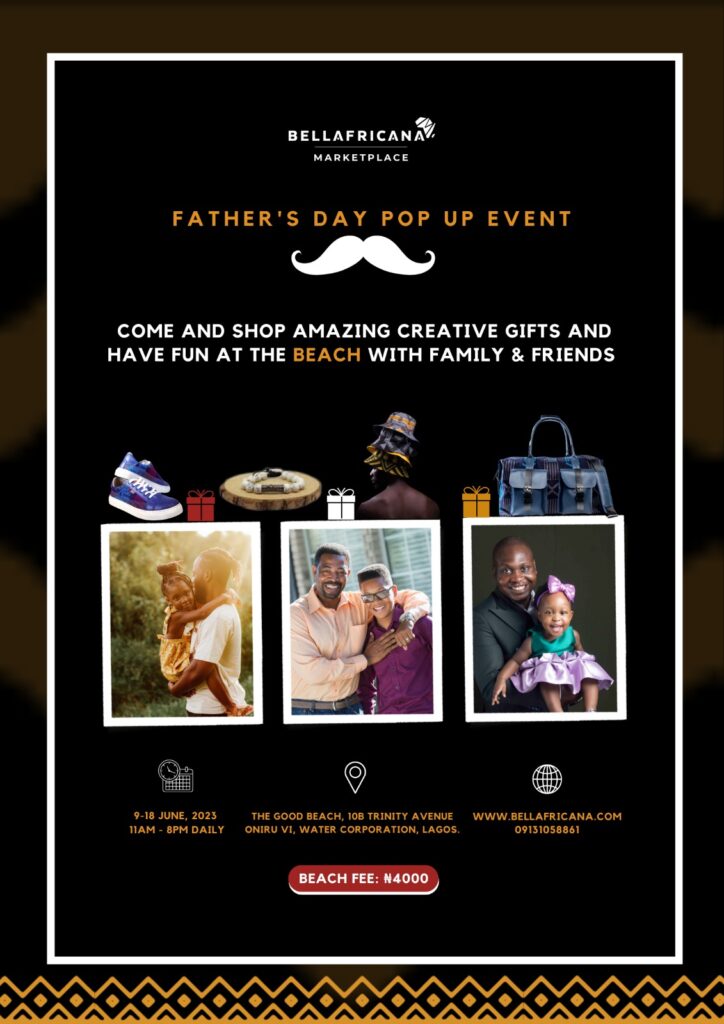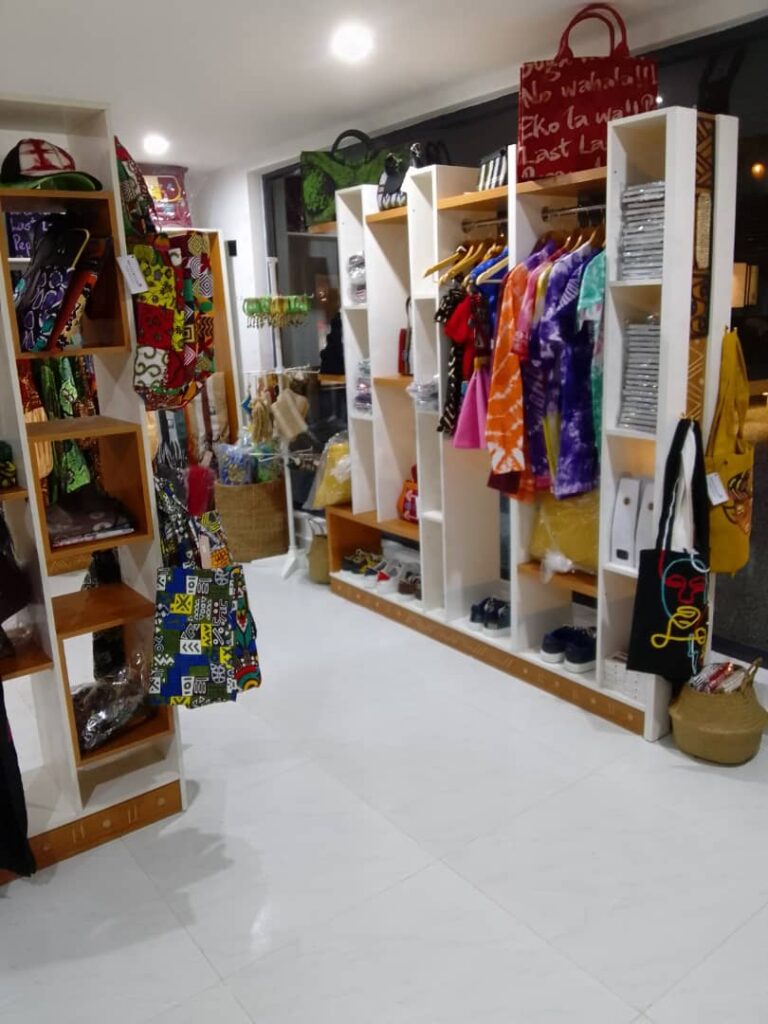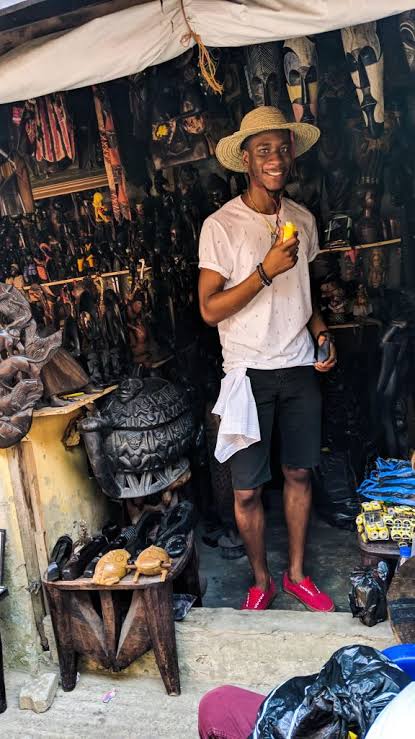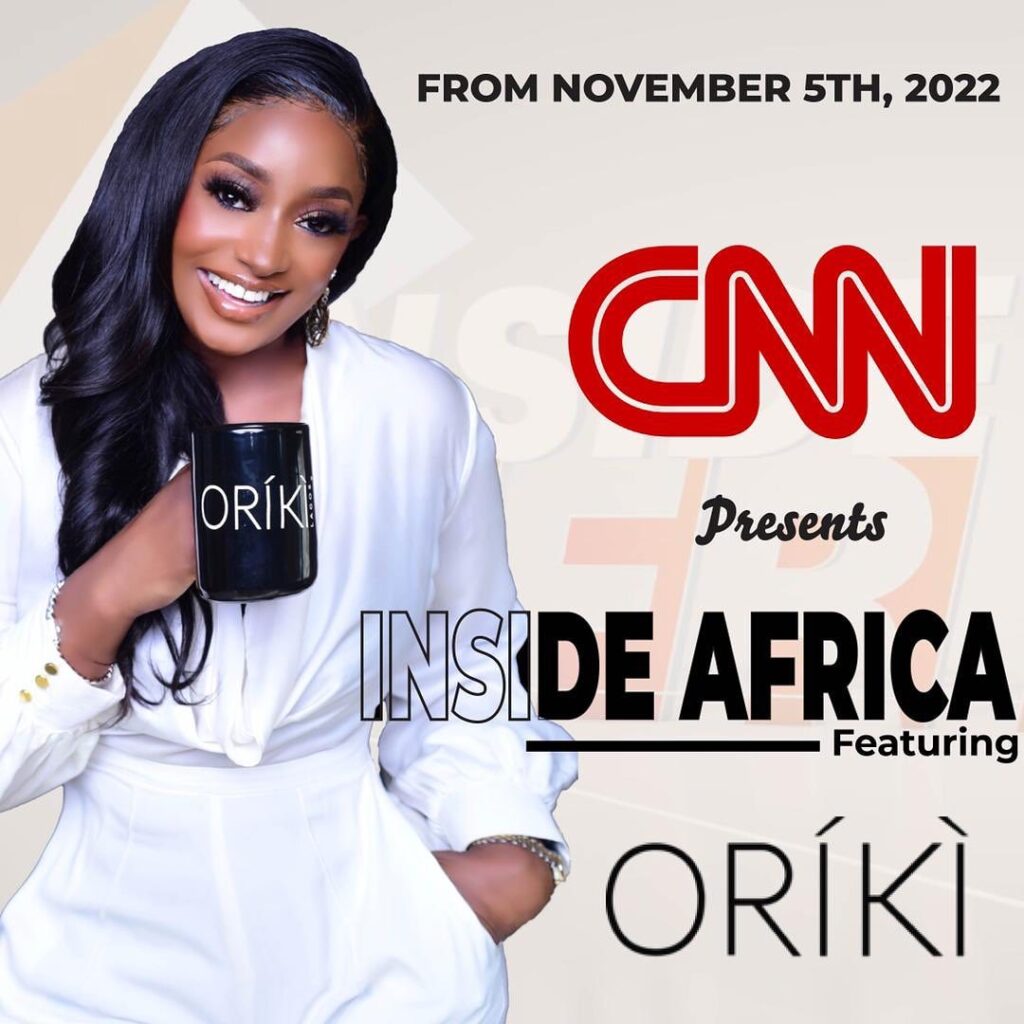It has been an awesome time at the Bellafricana marketplace pop-up event which commenced on the 9th and continues till the 18th of June. it has been an ultimate dadvenure as we planned this event for the wonderful fathers, brothers, sons, lovers, or any male figure who has been of great significance to anyone’s life.
Our shoppers have had a sizzling time of their lives, beaming with joy, laughter, and unforgettable memories. We curated an experience filled with excitement, surprises, and plenty of opportunities to show loved ones just how special they are.
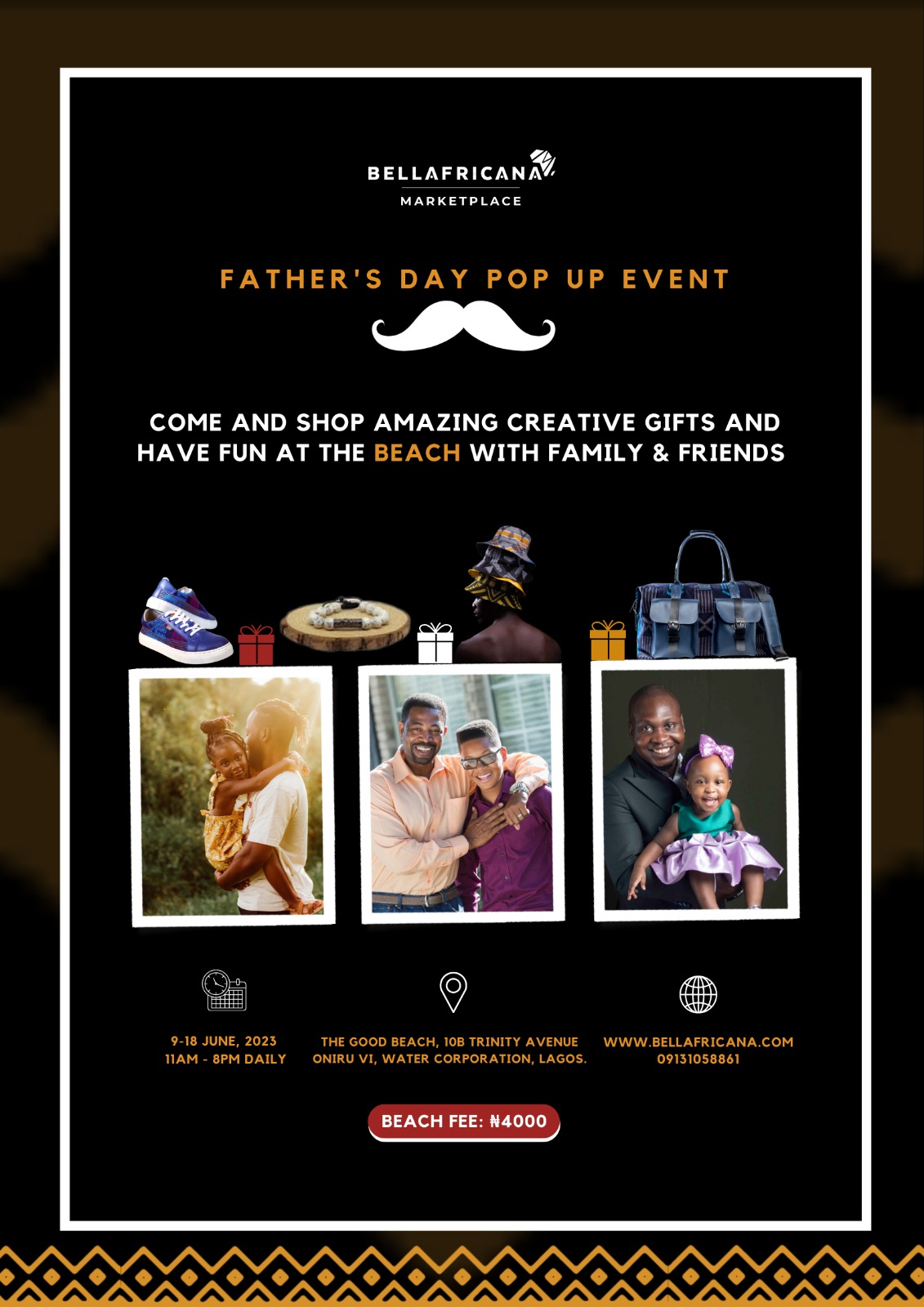 As Father’s Day approaches, I find myself reflecting on the importance of paternal figures in our lives. They are the unsung heroes, providing unwavering love, guidance, and support. This year’s Bellafricana Marketplace Father’s Day Pop-Up Event is an experience like no other! From the symphony of colors and an atmosphere brimming with excitement and contagious energy, as shoppers troop in to get gifts in celebration of fatherhood in all its glory. The Bellafricana Marketplace had truly outdone itself in curating an event that honored fathers and showcased the best of African craftsmanship.
As Father’s Day approaches, I find myself reflecting on the importance of paternal figures in our lives. They are the unsung heroes, providing unwavering love, guidance, and support. This year’s Bellafricana Marketplace Father’s Day Pop-Up Event is an experience like no other! From the symphony of colors and an atmosphere brimming with excitement and contagious energy, as shoppers troop in to get gifts in celebration of fatherhood in all its glory. The Bellafricana Marketplace had truly outdone itself in curating an event that honored fathers and showcased the best of African craftsmanship.
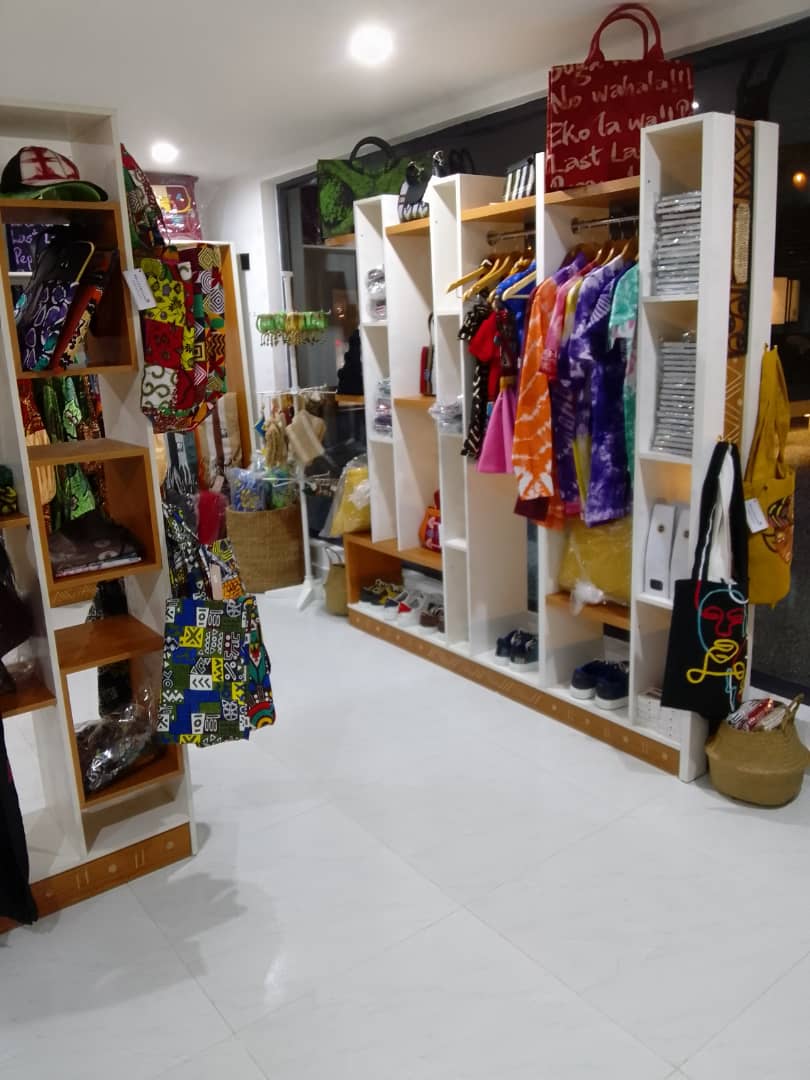
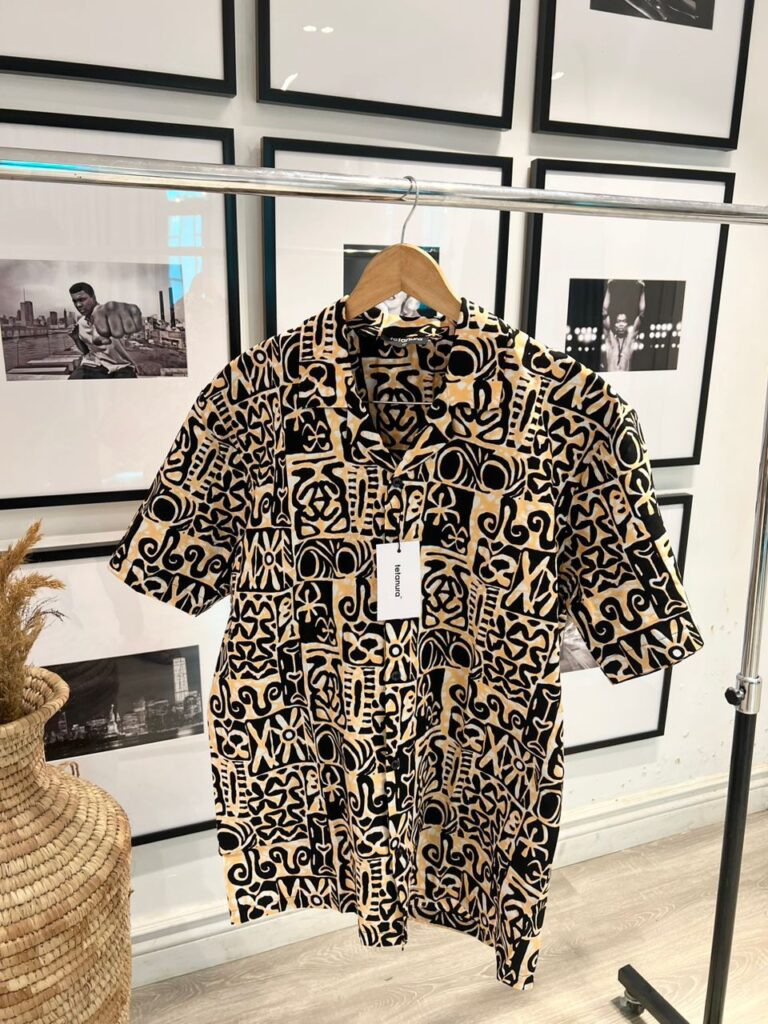
The marketplace is a treasure trove of unique and handcrafted gifts for every type of dad. From stylish accessories and clothing to personalized grooming products and exquisite home decor, there was something for every taste. One can’t help but feel inspired by the creativity and talent on display. Each item has a story, representing the dedication and passion of African artisans.
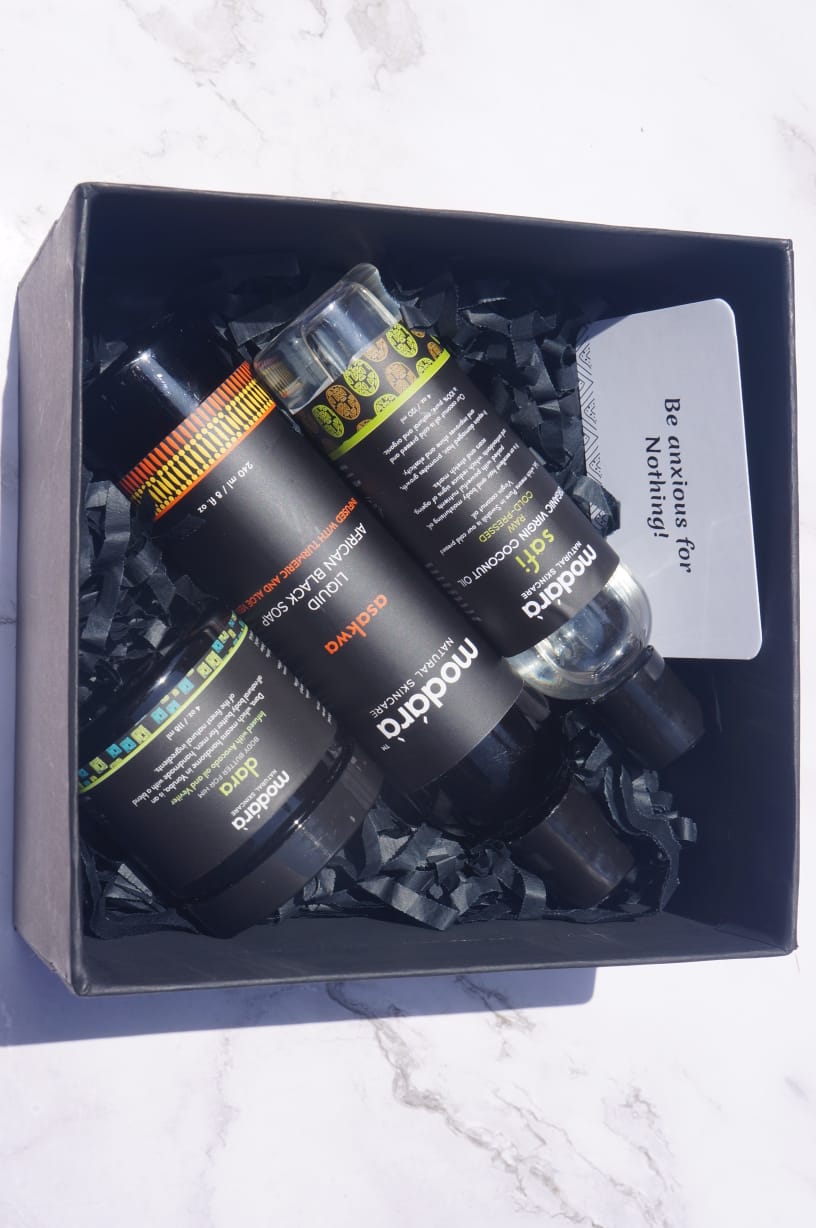

In addition to the vibrant celebration of fatherhood, the Bellafricana Marketplace Father’s Day Pop-Up Event provided an enchanting experience with its idyllic location at the Good Beach. Nestled by sparkling waters and surrounded by nature’s beauty, this tranquil environment elevates the event, making it an even more enjoyable and unforgettable celebration.

The Good Beach not only provides a stunning backdrop but also offers a range of beachside activities that added to the Father’s Day celebrations. Families had the opportunity to engage in friendly games of beach volleyball, build sandcastles with their little ones, eat sumptuous meals, relax on beach loungers, and soak up the sun. The joyful laughter and playfulness of the shoppers created an atmosphere of pure joy and togetherness. That is why you should miss this event, this week. Join us the Bellafricana marketplace pop-up store located at 10b trinity avenue Oniru Lagos for a more fun dadventure.

Conclusion:
The combination of the Bellafricana Marketplace Father’s Day Pop-Up Event and its idyllic location at the Good Beach creates a truly magical experience. The serene coastal setting, with its scenic views and beachside activities, enhanced the joy and celebration of fatherhood. It offers shoppers a chance to escape the everyday hustle and immerse themselves in the beauty of nature. The Good Beach is the perfect backdrop for a memorable Father’s Day, adding an extra layer of enjoyment and making the event even more special. Don’t miss out on the fun, join us this week for more eggciting dadventure at the bellafricana marketplace pop-up-store. See you soon!

